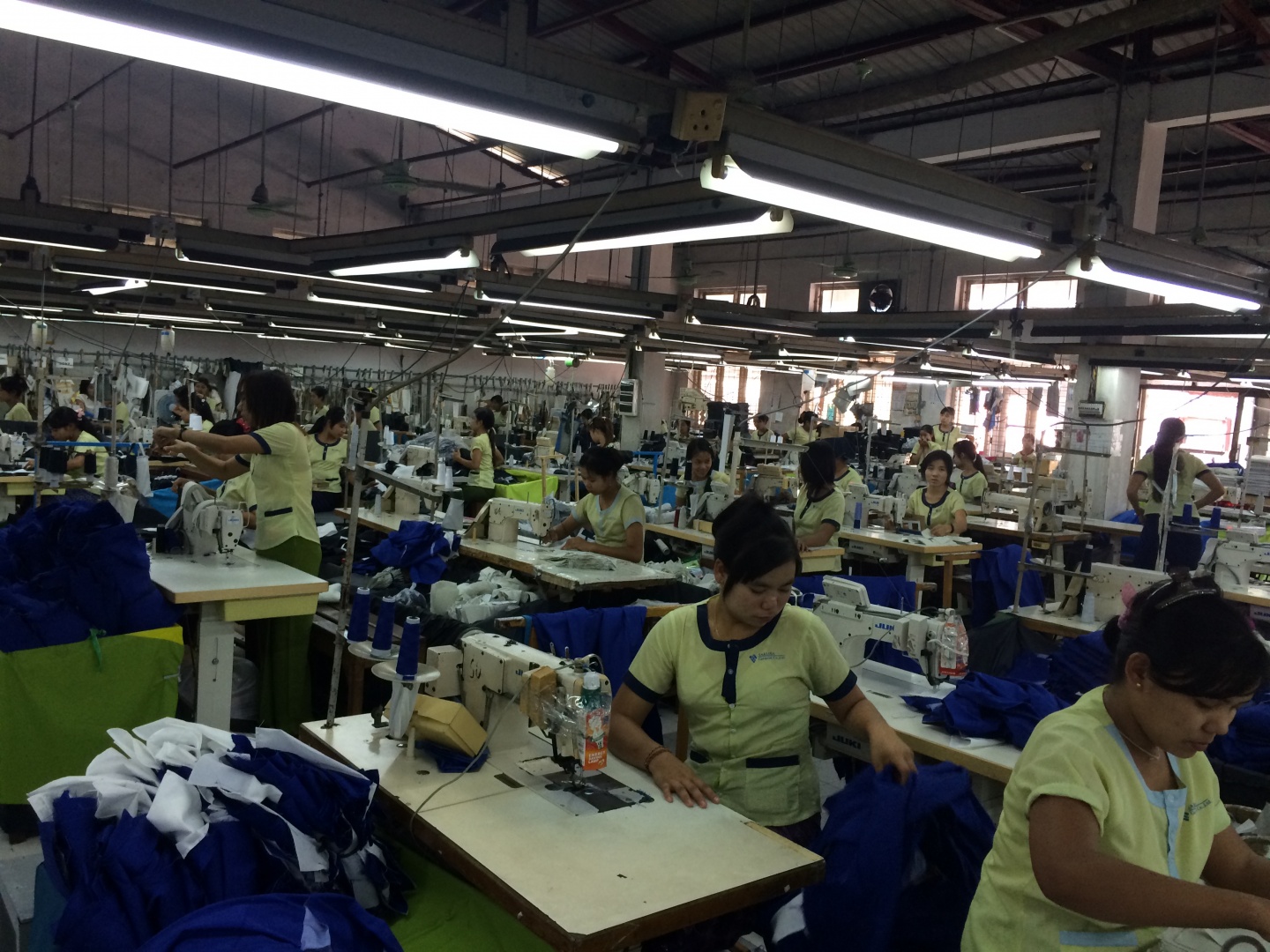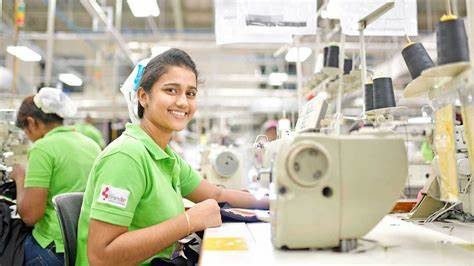Sri Lanka’s Opportunity Amid US Tariff Shifts: Can the Country Nation Benefit?
As global trade undergoes significant changes due to new US tariffs on countries like China, Mexico, and Canada, Sri Lanka finds itself in a unique position to capitalize on shifting supply chains. With buyers seeking alternative sourcing destinations, Sri Lanka’s apparel industry could stand to gain new business.
The Impact of US Tariffs on Global Trade
The US government’s decision to impose increased tariffs on imports from key trading partners has led to uncertainty and volatility in global markets. This move has forced buyers to reconsider their supply chain strategies, shifting orders to countries with competitive pricing and efficient manufacturing capabilities.
MAS Holdings CEO Suren Fernando, stated that they are already receiving inquiries from US buyers who are exploring new manufacturing destinations, including Sri Lanka. With the rising costs of goods from China, Mexico, and Canada, Sri Lanka has a chance to attract more orders, particularly in specialized segments of the apparel industry.
Sri Lanka’s Competitive Edge in Apparel Manufacturing
While Sri Lanka may not match the sheer production capacity of Bangladesh or Vietnam, it possesses a distinct advantage in high-value apparel categories such as lingerie, sportswear, swimwear, and intricate leisurewear. According to Mr. Fernando, Sri Lanka’s ability to work with higher-value fabrics and deliver quality craftsmanship gives it a competitive edge.
MAS Holdings has positioned itself well to leverage this opportunity, already operating design and logistics facilities in the US, ensuring better proximity to its customers. However, the company has no immediate plans for further expansion in the US market.
Strategic Focus: Value Over Volume
Rather than solely focusing on high-volume production, Sri Lanka is prioritizing resilience and financial strength within its apparel sector. Mr. Fernando emphasized the importance of developing a “value premium” that differentiates Sri Lanka from other manufacturing hubs.
He also pointed out that Sri Lanka is aiming to achieve a revenue of US$5-8 billion within the next three years, a target that, if met, could significantly enhance the industry’s stability and growth.

Faster Lead Times and Technological Advancements
Another key factor that strengthens Sri Lanka’s appeal is its commitment to efficiency and innovation. The country offers faster lead times and has embraced technological advancements in apparel manufacturing. This enables Sri Lankan suppliers to meet global demand with agility while maintaining high standards of quality.
Additionally, Sri Lanka directly ships apparel to the US, ensuring a streamlined supply chain that reduces logistical delays.
Challenges and Uncertainties Ahead
Despite the potential benefits, Sri Lanka still faces challenges in fully capitalizing on the shifting trade dynamics. Political stability, labor costs, and global competition remain critical factors influencing investment decisions. Moreover, the evolving trade policies in the US could further impact the supply chain landscape.
Mr. Fernando highlighted that when the US announced changes affecting merchandise coming from Mexico at the end of last year, suppliers in Sri Lanka saw this as a potential trade barrier but also as an opportunity to fill the gap left by impacted countries.

The Road Ahead for Sri Lanka
The evolving trade landscape presents both opportunities and challenges for Sri Lanka’s apparel industry. While the nation cannot directly compete with the manufacturing giants of Asia in terms of volume, it can leverage its strengths in high-quality, value-added apparel to attract global buyers.
With a focus on resilience, efficiency, and innovation, Sri Lanka has a realistic chance of strengthening its foothold in the global supply chain and positioning itself as a preferred sourcing destination for premium apparel products. However, the coming months will be crucial in determining how well the country navigates these shifting trade winds.







